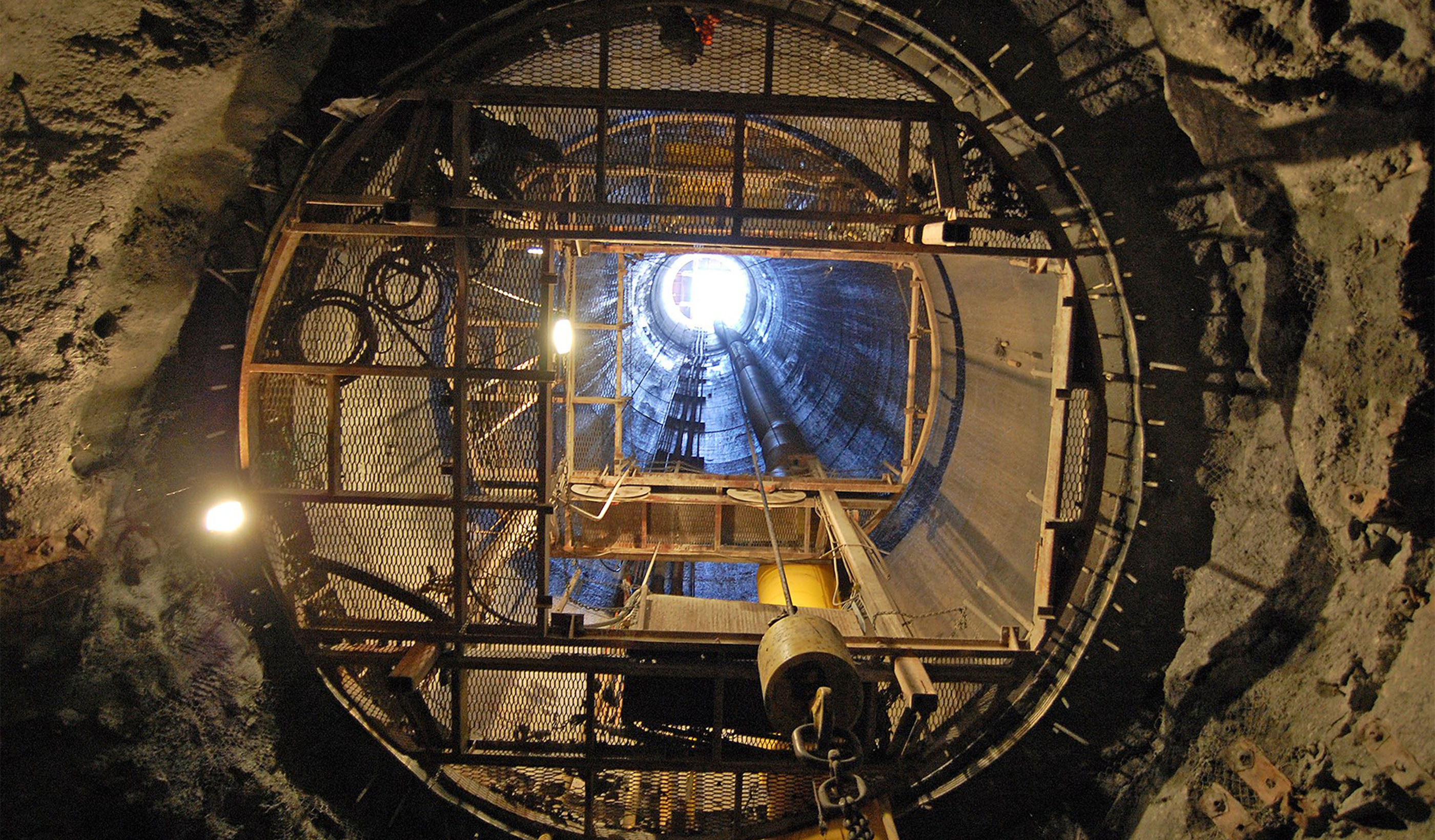How to become a civil engineer
July 22, 2021
July 22, 2021
For U.S. News & World Report, Muralikrishna Chelupati shares advice for aspiring civil engineers, including the most rewarding aspects of his career
From the Egyptian pyramids and Roman aqueducts to the Great Wall of China and the Hoover Dam, many of the most ambitious and impressive building projects in world history are examples of civil engineering at its finest.
Stantec civil engineer Muralikrishna Chelupati knew from a young age that he wanted to be involved in projects like these. “I’ve always been interested in problem solving and as a child I was fascinated about infrastructure and used to watch documentaries about buildings, highways, and dams,” he says.
As an award-winning hydraulic modeler, Krishna has experience in hydrologic and hydraulic (H&H) modeling and the planning of wastewater and stormwater collection systems across North America.
“The most rewarding aspect of a civil engineering career is seeing conceptual projects turning into reality such as a multi-lane highway to reduce travel times, large diameter tunnels to store wastewater during storm events which otherwise would have polluted a water body, or a treatment technology that converts wastewater into potable water,” he says.
For more, read the full article at U.S. News & World Report.
Krishna also shares advice below for aspiring civil engineers.

I decided to become a civil engineer because of my passion for math and science. I’ve always been interested in problem solving and as a child I was fascinated about infrastructure and used to watch documentaries about buildings, highways, and dams. Even as a child I knew I wanted to work in a field related to building infrastructure.
Civil Engineering is the oldest and quintessential engineering profession. Civil engineers work on a variety of infrastructure projects such as highways, bridges, dams, tunnels, airports, buildings, water treatment and supply systems, and wastewater conveyance systems and treatment facilities. Civil engineering encompasses a variety of sub-disciplines such as environmental, water resources, structural, geotechnical, construction, and transportation. During undergraduate programs, students are exposed to many sub-disciplines by taking classes such as engineering mechanics, surveying, fluid mechanics, soil mechanics, structural analysis, transportation engineering, water resources engineering, etc. to get an overall understanding of the civil engineering profession.
There are a lot of advancements happening today in civil engineering. The most interesting thing happening today in the water industry is the digital transformation. Digital transformation enables water and wastewater utilities to improve operational efficiencies, identify pipe leaks and reduce water losses, optimize pipe capacities, reduce street and basement flooding, eliminate sewer overflows, and improve water quality. There are lot of opportunities to develop innovative technologies using Internet of Things (IoT) enabled devices, historical data, artificial intelligence, etc. to accurately predict flooding extents, reduce expenses for capital improvements, and improve quality of life.

The most rewarding aspect of a civil engineering career is seeing conceptual projects turning into reality such as a multi-lane highway to reduce travel times, large diameter tunnels to store wastewater during storm events which otherwise would have polluted a water body, or a treatment technology that converts wastewater into potable water. On the flip side, the hardest part is convincing the public and lawmakers to increase funding for infrastructure improvements.
I would encourage anyone with an interest in math and science and has a passion in developing sustainable infrastructure with community, public health, and wellbeing in mind to become a civil engineer. In order to excel and enjoy the civil engineering profession one would need to develop creative thinking, analytical skills, computer skills, attention to details, communication and writing skills, professional ethics, teamwork, personal interaction, and volunteer in professional organizations.